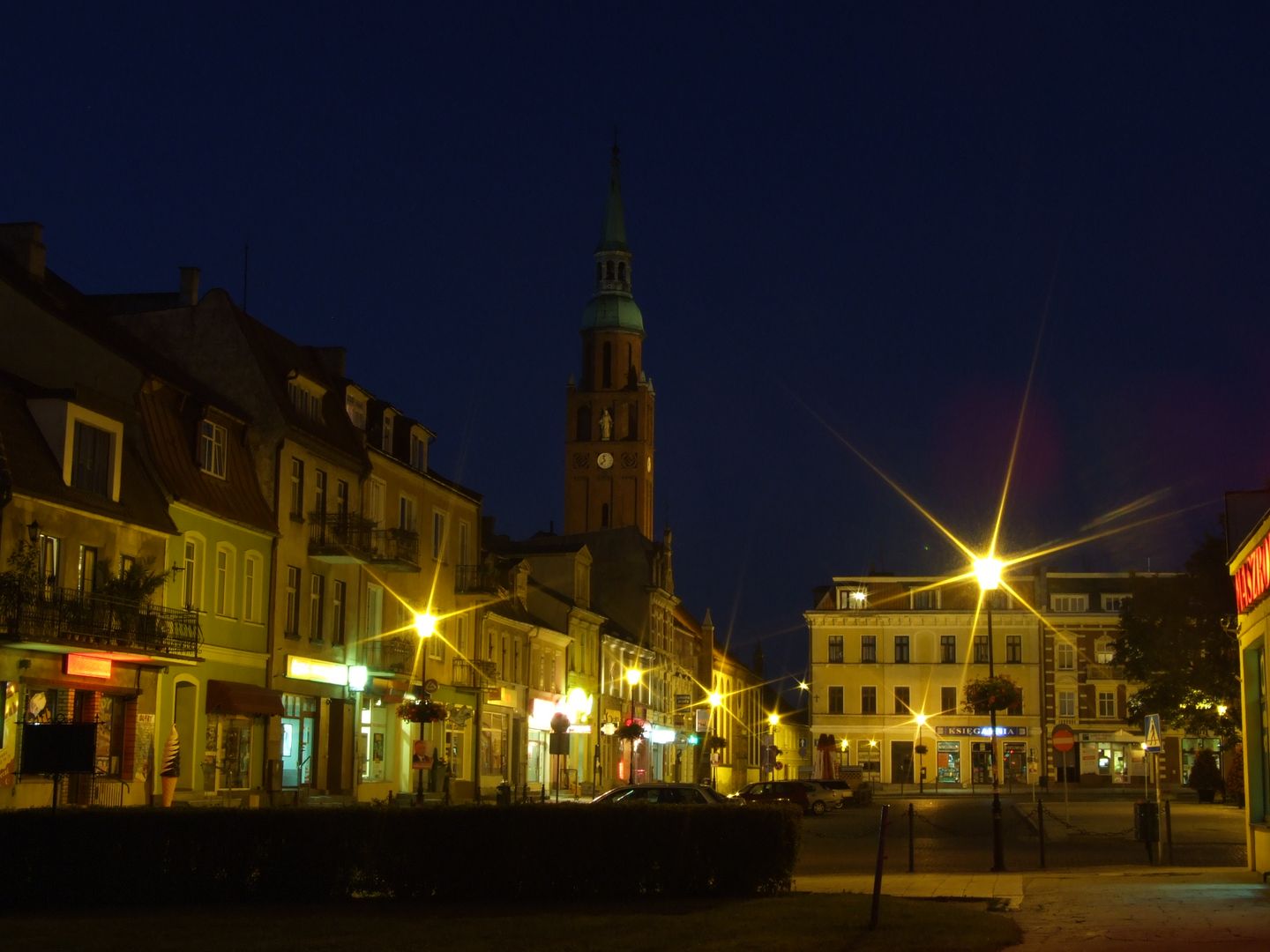Starogard Gdański
6.83

W skrócie
Starogard Gdański, położony w województwie pomorskim nad rzeka Wierzycą, jest jednym z najstarszych miast na Pomorzu, którego historia sięga osady neolitycznej sprzed 4-5 tysięcy lat. Pierwsza wzmianka o Starogardzie pochodzi z 1198 roku, a miasto uzyskało chełmińskie prawo miejskie w 1348 roku. W XIX wieku ważnym momentem był powrót Starogardu do Polski w 1920 roku. W czasie II wojny światowej miasto było okupowane przez Niemców, a w pobliskim Lesie Szpęgawskim miały miejsce masowe egzekucje. W architekturze miasta wyróżniają się mury obronne z XIV wieku, w tym Baszta Gdańska, która obecnie pełni rolę muzeum, oraz gotycki kościół farny pw. św. Mateusza. Starogard Gdański ma bogate życie kulturalne, z ponad 250 wydarzeniami rocznie organizowanymi w Starogardzkim Centrum Kultur, występami zespołów oraz imprezami cyklicznymi, jak Dni Starogardu czy Jarmark Kociewski. Wspólnoty wyznaniowe obejmują Kościół rzymskokatolicki oraz mniejsze wspólnoty, w tym Świadków Jehowy. Miasto ma również partnerstwa z zagranicznymi miastami, takimi jak Diepholz w Niemczech i Foshan w Chinach, co sprzyja wymianie kulturalnej. Ciekawostką jest, że Starogard słynie z hodowli koni, a w jego stadninie znajdują się unikatowe odmiany. Mieszkańcy mogą cieszyć się także bogatą infrastrukturą sportową, w tym stadionem oraz licznymi obiektami sportowymi.
Mapa
Powiat (II Jednostka administracyjna)
Powiat starogardzki
Województwo (I Jednostka administracyjna)
Województwo pomorskie
Państwo
Polska
2025 Wizytor | Wszystkie prawa zastrzeżone